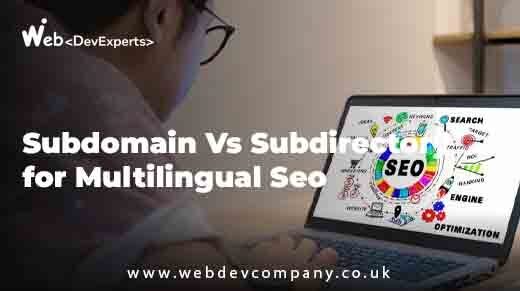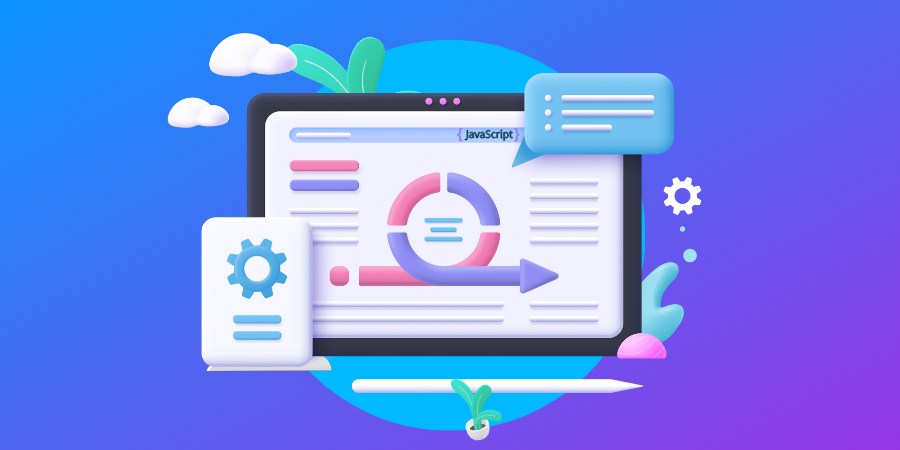Why Results-Focused Web Design is the Key to Your Online Success
In today’s digital world, your website isn’t just a digital brochure—it’s a powerful tool for achieving your business goals. That’s where results focused web design comes into play. This approach to web design prioritizes delivering tangible outcomes, whether it’s increasing sales, generating leads, or enhancing user engagement. In this article, we’ll explore what results focused web design is, why it matters, and how you can implement it to transform your online presence.
What is Results-Focused Web Design?
Results-focused web design is a strategy that centers on creating websites with specific, measurable goals in mind. Instead of designing a site that simply looks good, this approach ensures that every design element serves a purpose related to achieving your business objectives. It’s about creating a user experience that not only attracts visitors but also converts them into customers or clients.
Imagine you’ve just opened a new restaurant. You wouldn’t just design a flashy menu; you’d ensure that it’s easy to read, highlights your specialties, and entices customers to place an order. Similarly, a results-focused web design approach ensures that your website is optimized to drive results, whether those results are more leads, sales, or user interactions.
Why Results-Focused Web Design Matters
You might be wondering why results-focused web design is so crucial. The answer lies in its impact on your business outcomes. Here are some key reasons why this approach should be at the forefront of your web design strategy:
1. Aligns Design with Business Goals
Traditional web design often focuses on aesthetics and trends, but results-focused web design aligns every design choice with your business goals. For example, if your goal is to increase online sales, the design will include clear calls-to-action (CTAs), easy navigation, and persuasive product descriptions to drive conversions.
2. Enhances User Experience
A website that’s designed with results in mind is also designed with the user in mind. This means creating a seamless and intuitive user experience. If users can easily find what they’re looking for and navigate your site effortlessly, they’re more likely to stay longer and engage more.
3. Increases Conversion Rates
Conversion rate optimization (CRO) is a key component of results-focused web design. By implementing design elements that encourage users to take specific actions—such as signing up for a newsletter or making a purchase—you can significantly boost your conversion rates.
4. Provides Measurable Outcomes
One of the biggest advantages of result-focused web design is the ability to measure success. By setting clear objectives and tracking key performance indicators (KPIs), you can evaluate how well your website is meeting its goals and make data-driven decisions for improvements.
Step-by-Step Guide to Implementing Results-Focused Web Design
If you’re ready to adopt a result focused web design approach for your website, follow these steps to ensure you’re on the right track:
Step 1: Define Your Goals
Start by identifying what you want to achieve with your website. Are you aiming to increase sales, generate leads, or improve brand awareness? Clearly defining your goals will guide your design decisions and help you measure success.
Step 2: Understand Your Audience
To design a website that delivers results, you need to understand your target audience. Conduct research to learn about their preferences, behaviors, and pain points. This information will help you create a user experience that resonates with your audience and encourages them to take action.
Step 3: Plan Your Design Strategy
Based on your goals and audience insights, develop a design strategy that focuses on achieving specific outcomes. This includes creating a site map, choosing design elements, and planning the user journey. For example, if your goal is to generate leads, plan to include prominent CTAs and lead capture forms.
Step 4: Design with Purpose
Every design element should serve a purpose related to your goals. Use clear, compelling CTAs, high-quality images, and persuasive copy to guide users toward taking desired actions. Ensure that your site’s navigation is intuitive and that important information is easy to find.
Step 5: Implement Analytics and Tracking
Set up analytics tools to track key performance indicators (KPIs) related to your goals. Tools like Google Analytics can provide insights into user behavior, traffic sources, and conversion rates. Regularly review these metrics to assess the effectiveness of your design.
Step 6: Test and Optimize
Once your website is live, conduct A/B testing to compare different design elements and determine which ones perform best. Use the data collected to make informed decisions and optimize your site for better results. Continuous testing and optimization ensure that your site remains effective in achieving its goals.
Step 7: Review and Update
The digital landscape is always evolving, so it’s important to review and update your website regularly. Stay informed about the latest trends and technologies, and make adjustments to keep your site relevant and effective.
Key Elements of Results-Focused Web Design
To help you understand what makes results-focused web design effective, here are some key elements to consider:
- Clear Call-to-Actions (CTAs): Buttons or links that guide users to take specific actions, such as “Buy Now” or “Sign Up.”
- User-Friendly Navigation: An intuitive menu structure that helps users find what they need quickly.
- High-Quality Content: Engaging and relevant content that addresses the needs and interests of your audience.
- Responsive Design: A design that works well on all devices, including smartphones and tablets.
- Fast Load Times: Optimized performance to ensure your website loads quickly and efficiently.
- Visual Appeal: Aesthetically pleasing design that aligns with your brand and enhances the user experience.
Conclusion
Results focused web design is more than just a trend; it’s a strategic approach that ensures your website is not only visually appealing but also effective in achieving your business objectives. By aligning your design with clear goals, understanding your audience, and continually optimizing based on data, you can create a website that delivers real, measurable results.
Ready to transform your website into a powerful tool for success? Explore results focused web design services today and see how a strategically designed website can drive your business forward.








